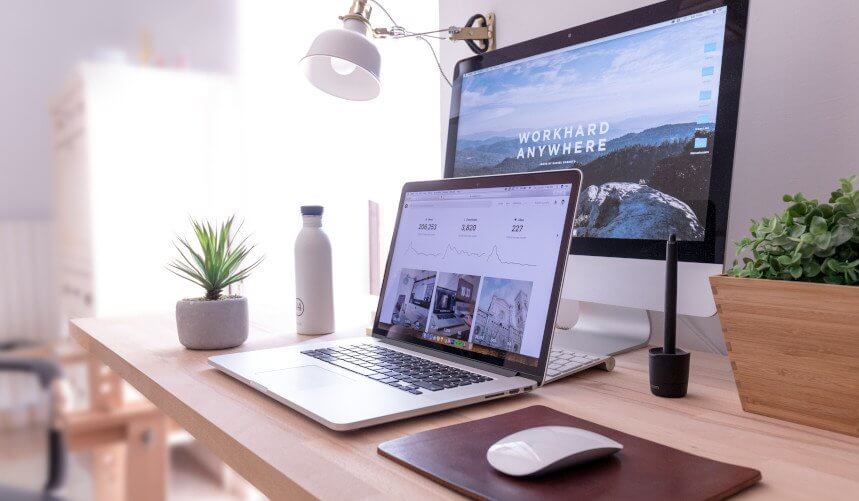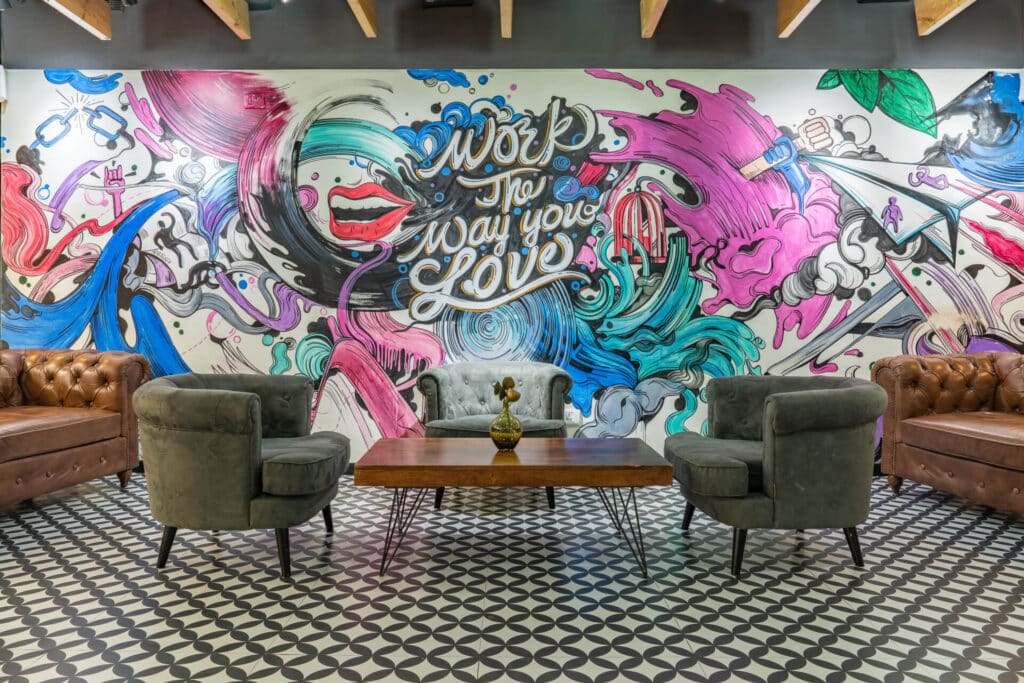How can the transition from assigned seating to bookable desks help back-to-the-office plans?
Prior to the COVID-19 pandemic, assigned seating was a common practice for many offices of all sizes and industries. What is assigned seating? Assigned seating is where an employee is assigned to a specific seat or desk within an office.
Whether this meant employees were clustered together in cubicles by department or had their pick of a desk in an open floor plan setup, assigned seating was a popular way to construct office seating.
Now, as things have shifted due to COVID-19, offices are being reconfigured to accommodate new health and safety precautions and the new hybrid workforce model.
In this post, we’re looking at how facility managers (FMs) can transition the office over to a bookable desk system.
What are bookable desks?
Because of new workplace distancing guidelines, offices have a new minimum viable occupancy rate, meaning they can no longer operate at 100% capacity due to health code restrictions. The Centers for Disease Control and Prevention (CDC) recommends minimizing the number of people you come in contact with at the office, so reducing the number of employees present at a time is essential.
This may seem as simple as cutting the number of employees in the office in half, but there’s a lot more to consider. Facility managers need to make sure in-office employees are appropriately spaced and can safely do their jobs. This likely will require a seating reconfiguration of some kind. Facility managers need to keep track of seating updates, so they can help employees adjust in the safest way possible.
Also, the cleaning team is another component to consider. Knowing which desks were used is vital information to relay to the cleaning team. This way, they can make sure the office is sanitized and cleaned at all times.
But how can facility managers make this possible from a logistical standpoint?
A bookable desk system is an excellent alternative method for office seating. Rather than employees having an assigned desk, they can book one through an interface either on their mobile phone, tablet, or computer. Employees can see which desks are available and reserve it, so they know where they’ll be sitting while in the office.

A bookable desk system can:
- Give employees peace of mind knowing where they’ll be sitting in the office
- Help the FM team understand occupancy at any given time
- Generate reports for the cleaning team
- Allow any employee to instantly see the floor plan
- Provide FMs with the tools to make sure employees are appropriately spaced
- Help FMs to understand capacity changes and make adjustments as needed
As mentioned, bookable desk systems can be facilitated through a tool like a distancing planner. Tools like these make it easy for employees to access the floorplan in real time and reserve a desk.
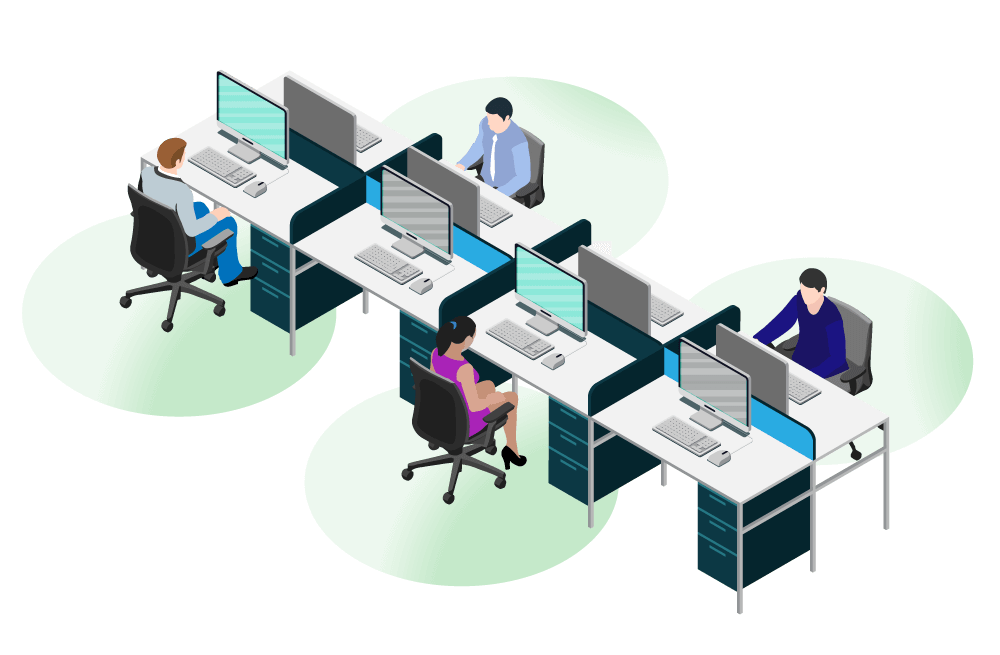
How can facility managers adopt a bookable desk system?
With all the workplace changes, deploying a new seating system could cause some uncertainty among employees.
Let’s explore how facility managers can seamlessly roll out a bookable desk strategy.
Define your strategy
Before you can implement a bookable desk strategy, it’s essential to plan out each rollout aspect.
A few questions to consider when planning are:
- How often can employees book desks?
- Do desk reservations have time limits?
- Do employees have their reserved desk for the day or the week?
- How will employees access this dashboard?
Keep in mind that you might have to set some limits on booking, depending on your office. For example, what is the cut off time for an employee to book a desk? These boundaries are important because they will help with the logistics of planning.
Another option to consider is to put managers in charge of booking desks for employees. That way, there isn’t confusion around if a desk is booked or if it’s still available. Plus, it might be easier for managers to oversee the desks of their department. Whether managers choose a desk for employees or an employee requests a desk that requires manager approval, keeping this process somewhat contained by department can mitigate any communication or logistical problems.
Some distancing planner tools allow you to make desks bookable from within the platform itself. Managers can make desks available either one at a time or in bulk to change assigned seats into bookable groups.
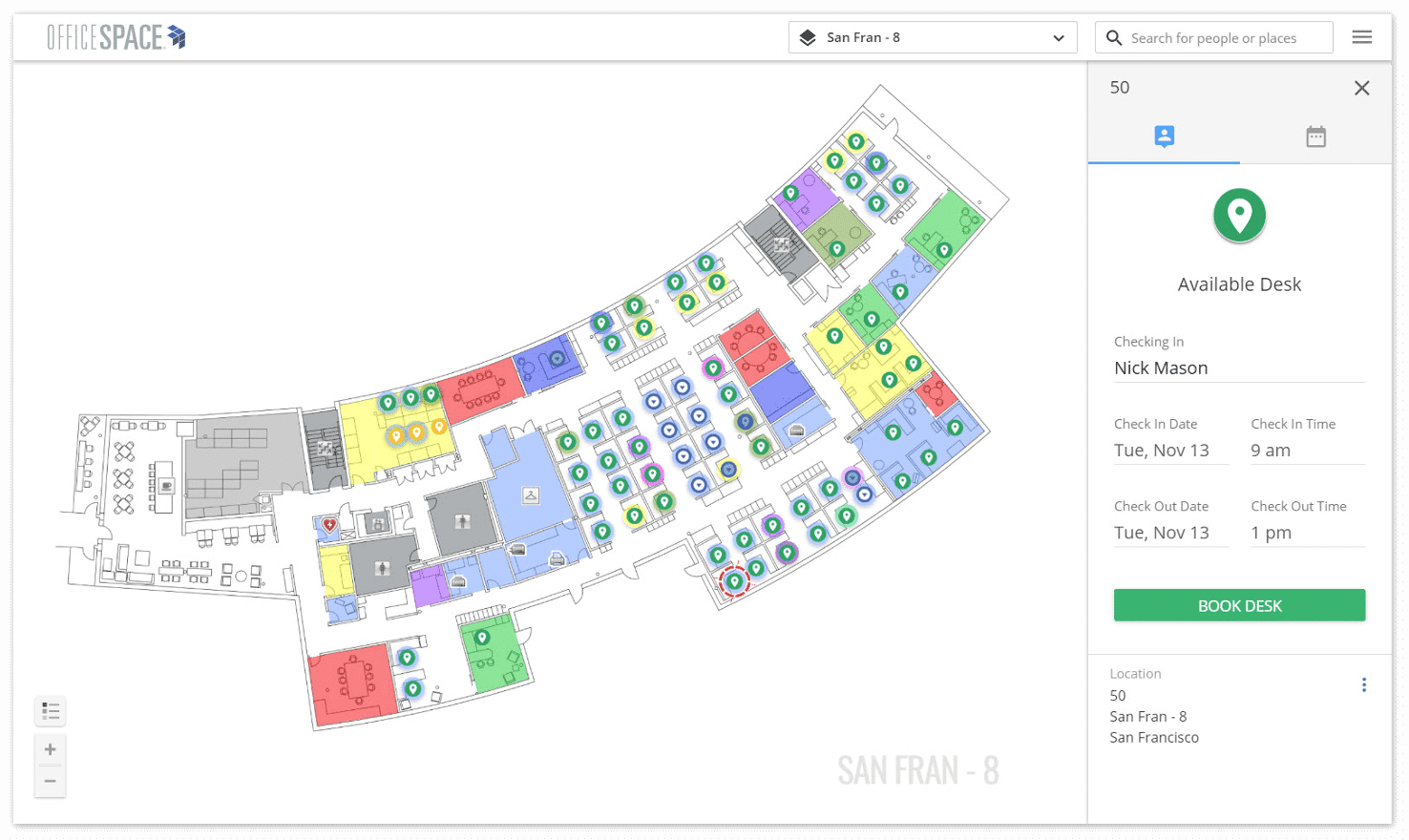
Build your technology stack
Making this transition as easy as possible for employees is crucial for a successful rollout. Providing employees and managers with the technology to make booking desks simple is the key.
Opting for technology that offers the ability to book on mobile or desktop, as well as through other tools your company already uses, like Slack, can streamline this adjustment. What’s more, enabling employees or managers to book a desk remotely on their own device eliminates the need to touch another screen. With the right desk booking solution, employees can see where desks are, which ones are available, and more.
Not only does a desk booking solution offer flexibility for employees and managers, but it helps facility managers understand who is in the office at any given time. A tool like OfficeSpace’s Distancing Planner provides facility managers with insights on contact tracing and accountability, so preventing the spread of COVID-19 in the office is easier.
A tool like OfficeSpace’s distancing planner makes it easy to implement a bookable desk system with features like:
- Using AI to create a seating plan that is compliant with health regulations
- Determining the physical distancing radius around desks
- Tracking seating capacity in real-time
- Easily converting safe desks into bookable ones, and removing those that are not safe
Clearly communicate the strategy
Using technology that makes desk booking uncomplicated and quick helps employees adopt the process faster. But announcing that the company will begin using a bookable desk system might be confusing at first.
Instead, as part of your rollout, create a communication plan that includes information like:
- Why the company is adopting this new strategy
- Instructions on how to use this tool
- When employees can expect to see this change
Be sure to include this information in a shared drive or folder for employees to refer back to when needed. You could host a meeting over Zoom not only to walk employees through the software but to provide them with the chance to ask questions. Another option is to teach managers how to use the bookable desk system and have them teach their team in smaller groups.
Simplify the transition for employees
The world is changing in response to COVID-19, which has been an overwhelming event for many employees. People are more mindful that they have to follow specific protocols to keep themselves and others safe, and the same needs to be done in the workplace. Plus, as employees begin to come back into the office, the right systems must be in place to avoid any accidental health violations.
Provide employees with ample opportunities to ask questions and learn the new system. Listen to their feedback and make changes based on that. The right solution will integrate with existing software and be easy to learn, but it may be something that requires a few optimizations before it works perfectly for your company.
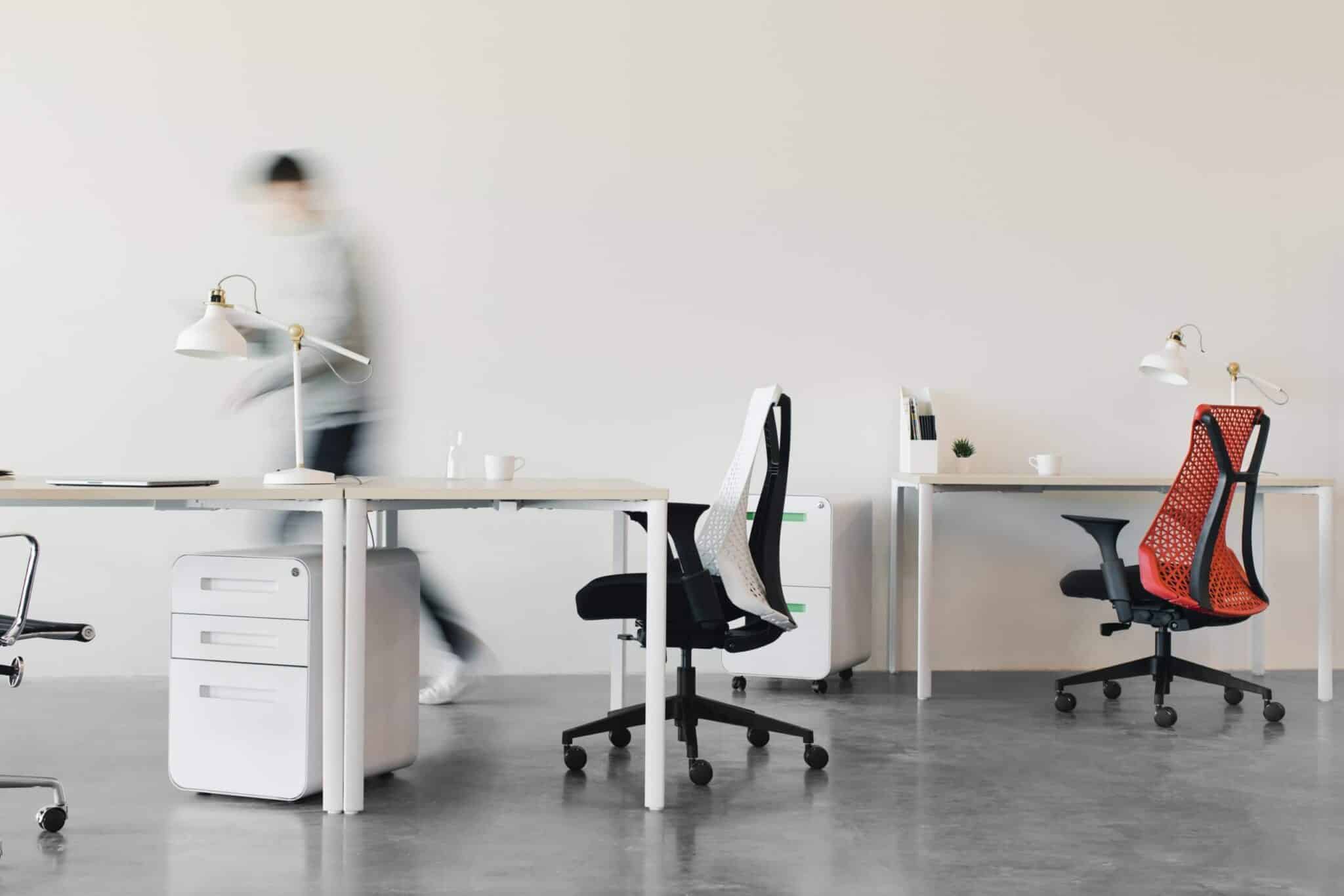
Simplify your office seating with bookable desks
The workplace will continue to evolve in response to the changes COVID-19 brings. Bookable desks can simplify employee seating and ensure everyone is safe and appropriately spaced apart. A tool like OfficeSpace’s distancing planner will streamline this process for both employees and facility managers while providing peace of mind and valuable occupancy insights.
How is your company handling seating? We’d love to hear from you—send us a tweet or leave a comment below.
Photos: Domenico Loia, Christina, wocintechchat, OSS, Laura Davidson,

